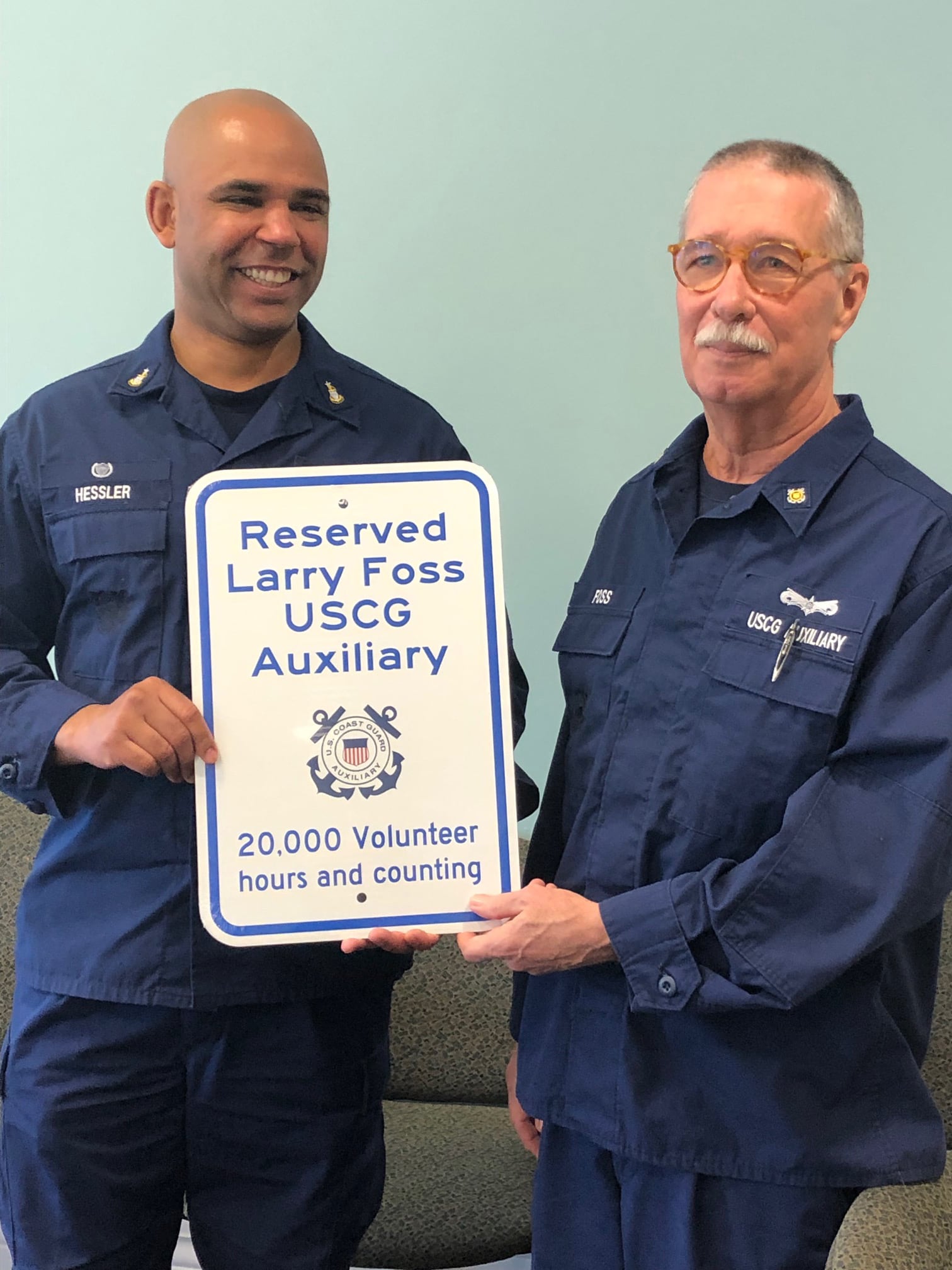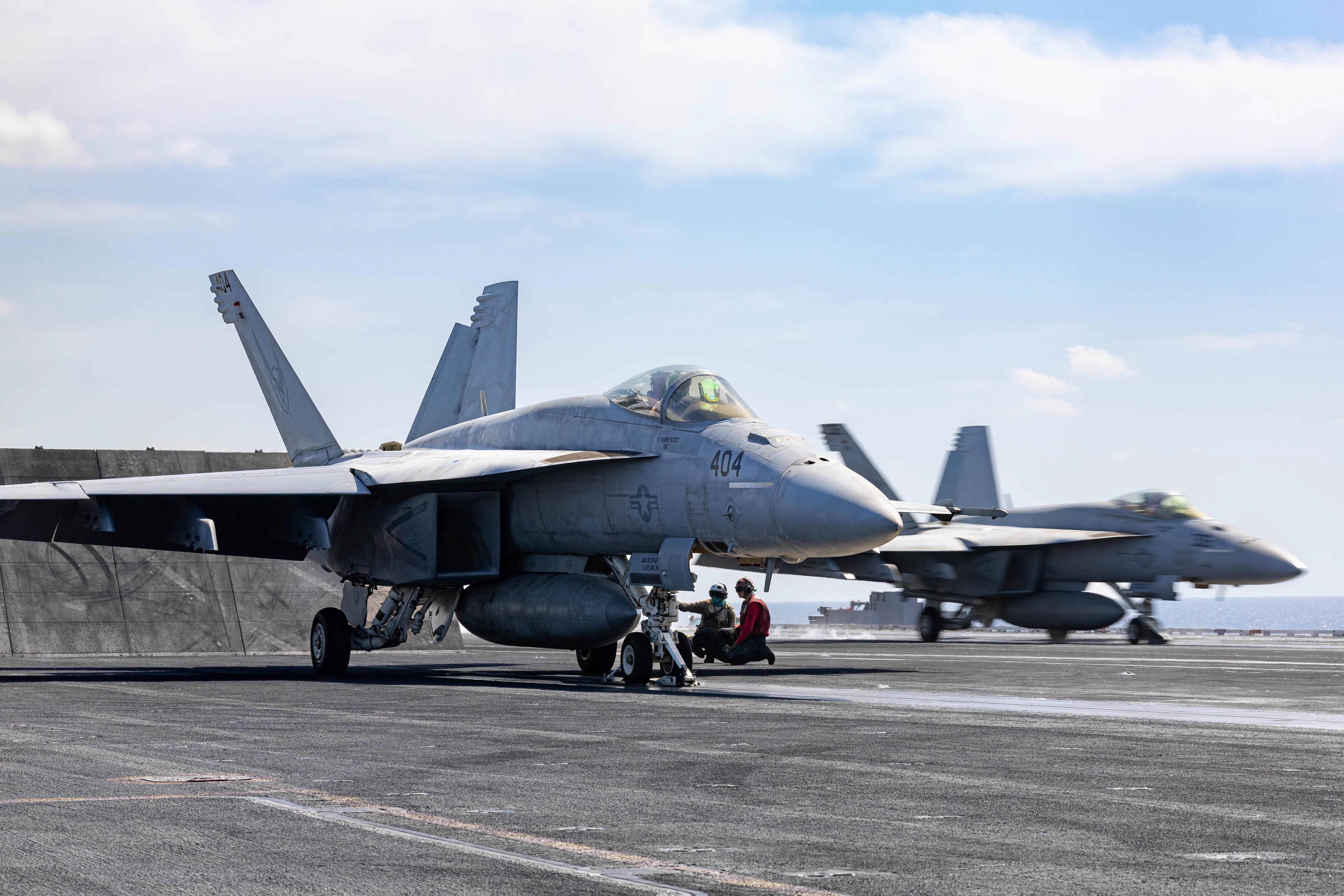CHATHAM, Mass. — New Coast Guard station chief Carlos Hessler’s last posting included Depoe Bay, Oregon, where vessels must navigate waves breaking through a hole cut in a 40-foot high rock wall to get in and out of a tiny harbor.
Hessler attained his surfman certification, the highest rank in Coast Guard surf rescue, in Oregon, and recalled waves knocking 47-foot surf vessels over on their sides.
"I loved it," he said.
While the view out of his Chatham office is of sand, not rock, the danger is still there.
“Every unit has their own identity, they’re all extremely dangerous,” said Hessler, a senior chief boatswain’s mate.
He is one of only 200 active surfmen in the Coast Guard. Only around 500 have achieved the ranking in the history of the service, according to the Coast Guard's official blog.
But Chatham station lost a bit of its cachet when the Coast Guard announced Dec. 10 that it had changed its designation from surf station to heavy weather station.
Surf station is a ranking of the worst-of-the-worst in terms of seas and weather that Chatham has held for decades, since stations were classified more than 40 years ago, according to Richard Ryder of Eastham, treasurer of the U.S. Life-Saving Heritage Association.
The building was where the crew responsible for the historic 1952 rescue of 32 crewmen from the stricken tanker Pendleton was stationed.
Although Coast Guard officials in Boston were unsure which department of the service had done the evaluation, they said it was based on an analysis of wave and weather data at the 1987 Chatham break, until recently the primary entrance to the Atlantic Ocean for the Coast Guard and the fishing fleet.
The data showed breaking wave heights over eight feet had only occurred an average of 12 days a year.
The standard for surf stations is a minimum of 36 days a year with breaking waves over 8 feet in the inlet, channel or harbor mouth.
Chatham and the Merrimack River station were the only two surf stations in Massachusetts. There are now 19 in the U.S., with another 23 designated as heavy weather stations that see a combination of 8-foot breaking seas and/or 30-knot winds for at least 36 days each year.
Both require coxswains driving the boats to have completed advanced training at the National Motor Lifeboat School in Washington.
One of the concerns is that certified surfmen would not get adequate practice if the number of critical days fell below 36. Other considerations in changing Chatham's designation are its proximity to Air Station Cape Cod and the requirement that the station protects a federally maintained channel.
Chatham sets the buoys for both inlet channels.
The difference is mostly only on paper, Hessler said.
His vessels and men will still respond to emergencies on the bar, but now need a waiver to go beyond for offshore rescues when the waves are breaking over eight feet. Surf stations have surfmen like Hessler, who are trained to pilot rescue vessels, usually 47-foot motor lifeboats, through 15-foot breaking waves in harbor mouths and in 20-foot seas in the open ocean.
"Nothing changes, just the designation and the upper limitation," Hessler said. "We're still here and capable to respond in Chatham Harbor and on the bar."

To guarantee access for rescues beyond the harbor, Hessler has a 42-foot vessel located year-round in Stage Harbor. But that means an extra 45 minutes to get around the Monomoy islands and into the Atlantic. The fear is that the harbor entrances are too shallow now for a vessel to respond to offshore rescues in all tide and wave conditions. With enough qualified personnel to man one rescue vessel, Hessler does not want to delay a rescue by getting stuck or disabled on the bar.
"Even if it's completely flat calm, we're going out of Stage Harbor because of that concern," Hessler said about ocean rescues.
Town officials and fishermen were unsettled by the move.
Dean Nicastro, chairman of the Board of Selectmen, said he was concerned enough to ask that Hessler appear before the board and has discussed with Town Manager Jill Goldsmith sending a letter to Coast Guard leadership asking for reconsideration of the decision. He wondered if it was a signal that the station may see another downsizing, like the one in 1996 in which over half the station personnel was transferred to Provincetown, a deep water port, and one of its rescue vessels reassigned. Locals were so displeased the Coast Guard relented and restored the staffing and vessel.
Coast Guard District 1 spokesman Zachary Hupp said he did not know whether the reclassification was part of a larger plan and was not aware of any plans to evaluate and eliminate, or downsize, stations.
"It's a change in the status and capability of Station Chatham, and I think it's a change in the wrong direction," said Chatham Harbormaster Stuart Smith. "Forty-five minutes could be a lot in March with 38-degree weather and you haven't been able to don a survival suit in cold water."
"You're done and dusted at that point," said Chatham fisherman Greg Walinski.
But Smith and Walinski agreed that offshore emergencies evolve over time, as compared with groundings and capsizing in breaking surf. Both found it reassuring the Coast Guard would still be responding there, although their primary rescue boat has problems in water less than six feet deep.
RELATED

When the Patriots Day Storm of 2007 punched a hole in the barrier beach to the north of the main harbor channel, it caused big problems for fishermen and the Coast Guard. The two inlets meant the tidal force that was key to maintaining a deep channel was now split in two, and left both inlets with relatively shallow channels.
Last September, recreational fisherman Louis Guarracina's boat flipped near the North Cut, the northernmost of the two Chatham inlets, and he died. The investigation could not determine if Guarracina was trying to go out through the inlet or if his flat-bottomed skiff capsized in waves in Chatham Harbor due heavy storm surf, Smith said.
In October of 2016, a father and son had to be rescued when their boat pitch poled down the face of a 10-foot breaking wave when they were attempting to return through the Chatham break from an offshore fishing trip. Smith had to rescue the men because it was too shallow for the Coast Guard vessels.
That same day, a commercial fishing vessel had to return to port after the wheelhouse windows were blown out by waves at the same inlet. In 2010, waves also damaged both of the Coast Guard's brand new 42-foot rescue vessels, disabling one as it was trying to cross the bar.
The Coast Guard had already spent what some believe was over a million dollars to buy the rescue boats specifically made for the Chatham station, able to work in shallow water and still withstand the large powerful waves breaking across the harbor entrance, and large enough to do offshore rescues in a port with at least 40 commercial vessels and numerous boats that fish miles from shore.
The 42-footers' hydraulic jet engines take in water and expel it through a nozzle, propelling the vessel forward. While the engine has the clearance to run in 2 feet, 8 inches of water, in practice the local station crews found that once the water drops below six feet, it sucks up sand along with the water, causing the engine to overheat.
"These boats were sold to the community on the basis they were shallow-water boats drawing only a foot or two of water, but they do that at the dock with their engines off," Smith said.
With the new vessels unable to respond to shoal areas of the harbor, the Coast Guard brought in a 24-foot vessel from a Lake Tahoe station in 2016 that could raise its outboard engines and work in water as shallow as 17 inches, even run up onto the beach if necessary.
Chatham is so unique in its storminess, and the constantly shifting channels and sandbars, that it's hard to find something that works in every situation, Hessler said.
“It would be great to find the perfect fit, but it’s kind of impossible,” he said. "What’s on hand is the best we have.










